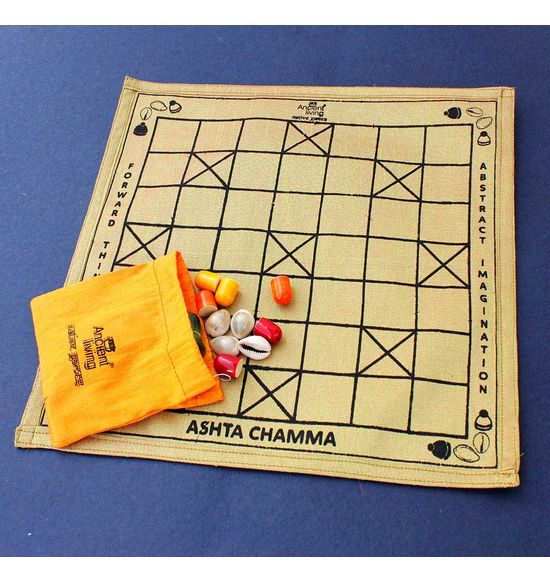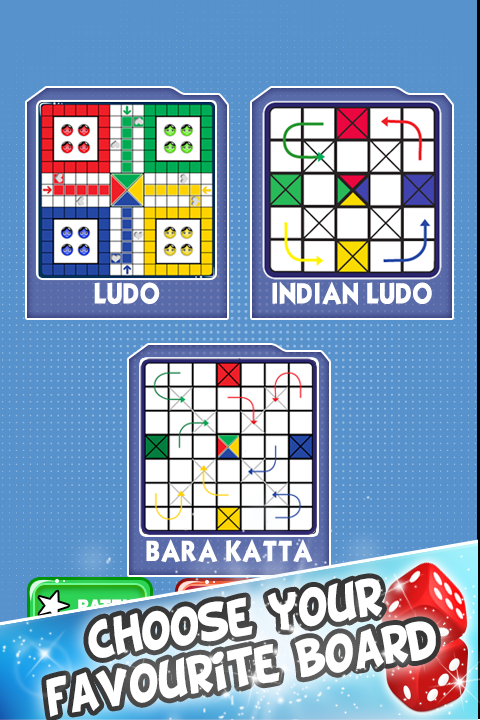

The tokens enter the board only after a Chamma or Ashta is thrown. Each player's piece must completely traverse the outer squares before moving into the inner squares. The path for Player 1 is given in the example diagram. Each player has a fixed path to move pawns, which is in an anti-clockwise direction. Casting 4 or 8 gives the player an additional turn, which can continue until that player rolls a number other than 4 or 8 (namely 1, 2, or 3).ĭepending on the number rolled, the player can move one (or more) of their pawns that many number of squares on the board. Therefore, the possible values are 1, 2, 3, 4 and 8.


However, if every shell shows a value of 0, then the value of the roll is 8 and if all of them shows a value of 1, then the value of the roll is 4.

The mouth of the shell landing upwards has a value of 1 and downwards has a value of 0. The game is controlled by throwing four cowry shells and counting how many are 'as it is' versus those that land 'inverted': if all four shells land inverted it is called "ashta" and if all land as it is then it is called an "chamma".Įach player takes a turn to roll the cowrie shells. Assuming the size of the board is NxN (with N being odd), then each player will have N-1 pawns.Ĭowrie shells used as dice, though in this picture six were thrown instead of the four used in this game. Champool/ Kach kangri - Marathi - MaharashtraĬhowka bhara normally has a 5x5 square board and four players, but one can also increase the number of squares depending on the number of players to any odd number squared (for example, 11x11).Kanna Kauri (कन्ना कौड़ी) - Hindi - Jabalpur,Madhya Pradesh.Ashta Chamma - Telugu - Andhra Pradesh/Telangana.Chakaara or Chakka - Kannada - North Karnataka.This list shows the name, the language and then the region: This game is called by various names in different languages in different regions of India. There are references to this game in some ancient Indian epics like the Mahabharata. The game of Chowka Bhara is one of the oldest board games in existence, still being played in certain parts of India. While traditionally played with 4 or 6 cowry shells, dice can also be used. This game is an example of a “fully observable” system that has an element of chance introduced by the roll of special dice and an element of strategy (the strategy being the pawn the player decides to move after the roll of the dice). Chowka Bara or Ashta Chamma is a two- or four-player board game from India.


 0 kommentar(er)
0 kommentar(er)
